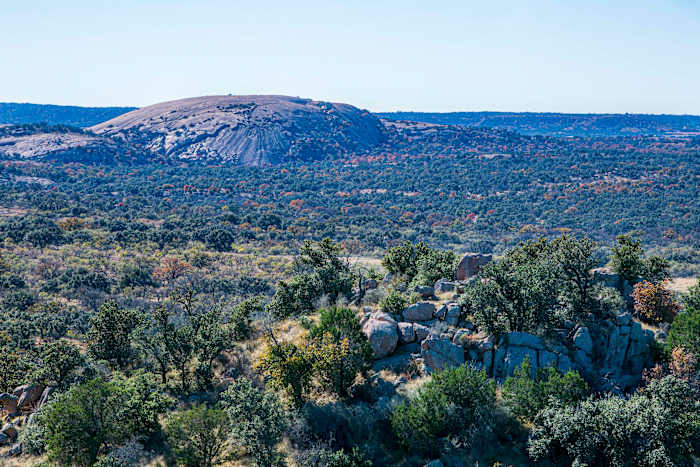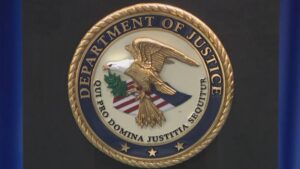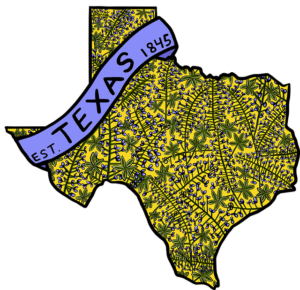
After a lawmaker filed a bill to dismantle Texas Parks and Wildlife and reassign its responsibilities to three state agencies, the department said it is “proud of the important role” it serves.
After a lawmaker filed a bill to dismantle Texas Parks and Wildlife and reassign its responsibilities to three state agencies, the department said it is “proud of the important role” it serves.
State Rep. Pat Curry (R-Waco) filed HB 4938 on Thursday.
HB 4938 calls for the elimination of the Texas Parks and Wildlife Department and the Parks and Wildlife Commission. If passed into law, duties and functions would be transferred to the General Land Office, Department of Agriculture and Department of Public Safety, the bill states.
TPWD oversees Texas State Parks and Texas Parks and Wildlife Foundation, state hunting and fishing regulations, environmental conservation efforts and provides recreational opportunities.
In a statement to KSAT, TPWD emphasized its collaborative efforts with partners and private landowners to enhance outdoor recreation across the state.
“Texas Parks and Wildlife Department is proud of the important role our agency plays in managing Texas land and waters in coordination with our partners and private landowners to provide for hunting, fishing and outdoor recreation,” the statement read, in part.
TPWD stated that more than 9 million visitors visit its 89 state parks each year.
Curry is the sole author of the bill, which has not been referred to a committee as of Monday.
Curry sits on the Committee on Delivery of Government Efficiency, a new 13-member panel that’s tasked with cutting the size of state government — similar to Elon Musk’s DOGE on the federal level.
>> Texas’ DOGE committee takes inspiration from Elon Musk’s federal operation
State government agencies are reviewed and assessed by the Sunset Advisory Commission, created by the Texas Legislature in 1977.
The Sunset Advisory Commission gives the Texas Legislature recommendations on ways to enhance state agencies and identifies those that should be eliminated.
In the statement to KSAT, TPWD said the department was last evaluated by the Sunset Advisory Commission in 2021.
KSAT reached out to Curry’s office and has not received a response.
What does HB 4938 propose?
The bill proposes that the General Land Office, Department of Agriculture and Department of Public Safety work together to create an agreement that outlines how they will take over the responsibilities and tasks previously handled by TPWD and the commission.
- The General Land Office would regulate parks, natural areas, wildlife management areas, fish hatcheries, historic sites or other public land, including bodies of water.
- The Department of Agriculture would regulate native plants, wildlife or the conservation or management of native plants or wildlife, including hunting and fishing.
- The Department of Public Safety would regulate law enforcement, game wardens and water safety.
If passed, the law would take effect Sept. 1.
History of TPWD
In 1895, the state Legislature established the Fish and Oyster Commission to regulate fishing, and in 1907, the Game Department was added to the commission.
Recreation came into play in 1923 when Texas Gov. Pat Neff persuaded the state Legislature to create the State Parks Board.
The State Parks Board’s task was to search for places where people could camp.
Neff later said that creating the board was “his most important achievement as governor,” according to the Texas State Library and Archives Commission.
“But Neff’s vision couldn’t have been more different than the Rooseveltian impulse that spurred the creation of the national parks,” the commission’s website states. “Neff was less interested in purple mountains majesty than in building campgrounds for Texans who, like himself, loved to travel by automobile.”
In the 1930s, enrollees with the Civilian Conservation Corps expanded the system by transforming undeveloped land into actual parks for people to use.
Palo Duro Canyon and Garner are among the state parks built by the CCC in that decade.
In 1963, the State Parks Board merged with the Game and Fish Commission to become the Texas Parks and Wildlife Department.
Neff’s persuasion resulted in 89 state parks that span more than 630,000 acres. The CCC went on to establish 29 of those sites, including Inks Lake, Blanco, Lockhart and Lake Corpus Christi state parks.
Read also:
- Texas bill would increase oversight of universities’ hiring, curriculum and compliance
- Texas Senate majority unveils bill requiring voters to prove their citizenship




